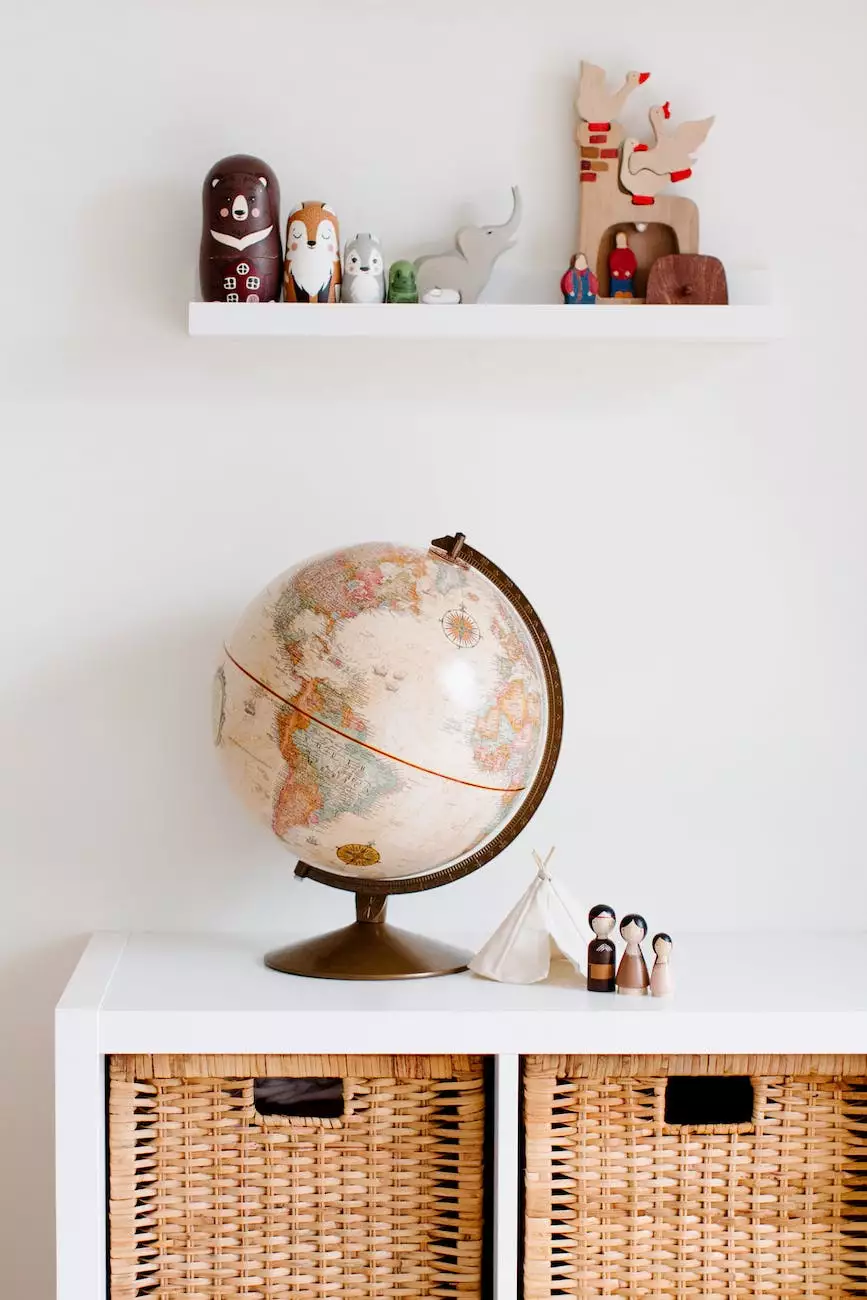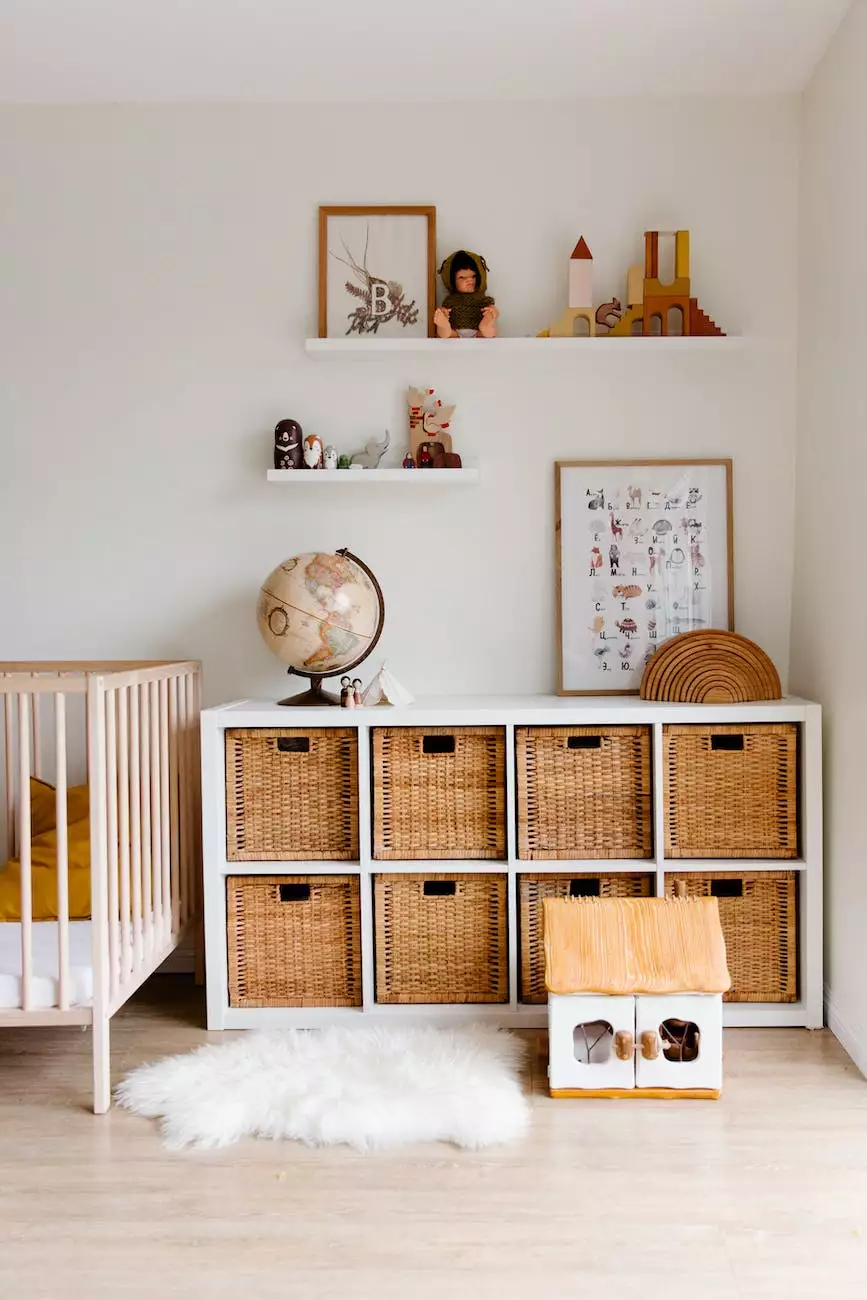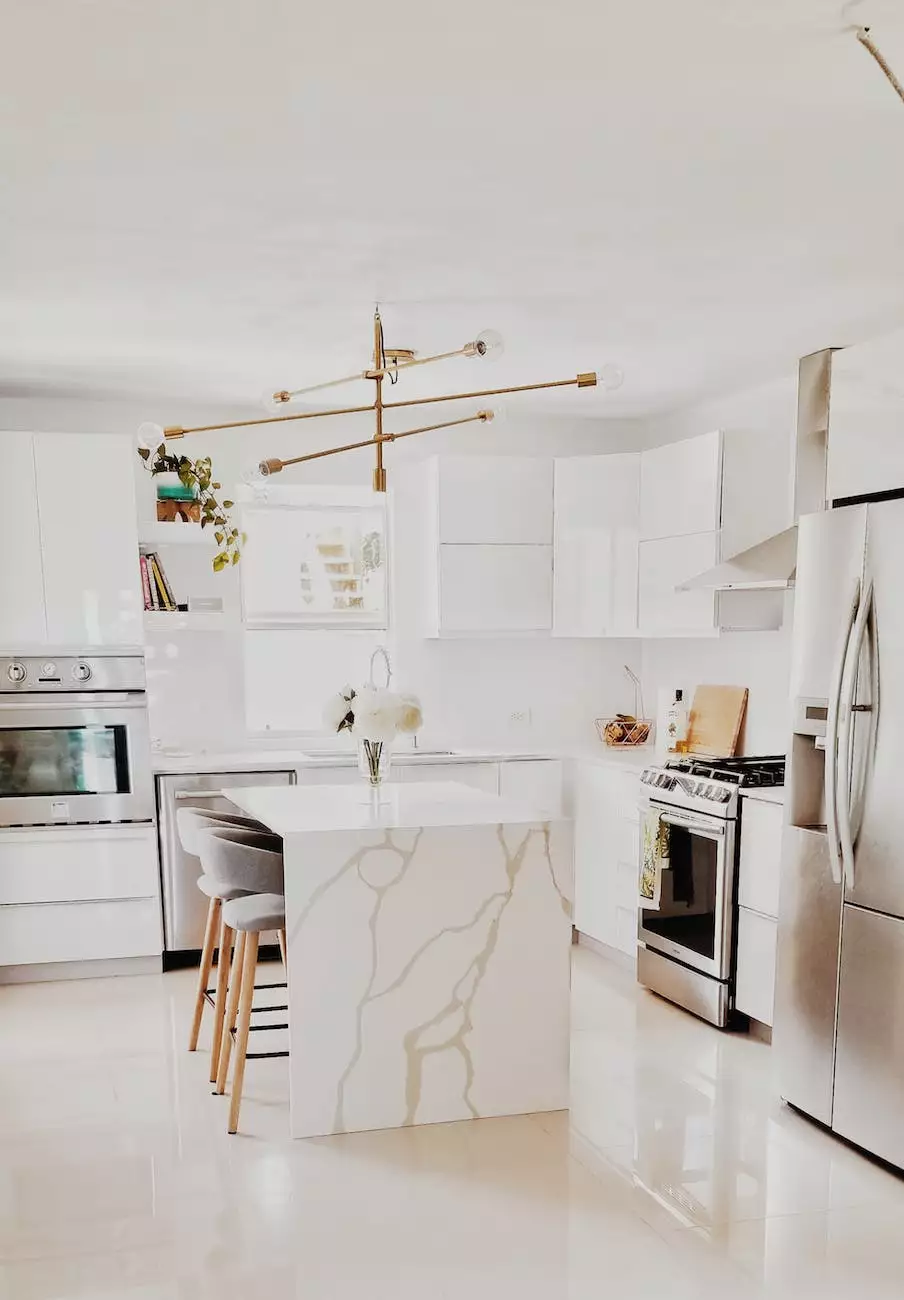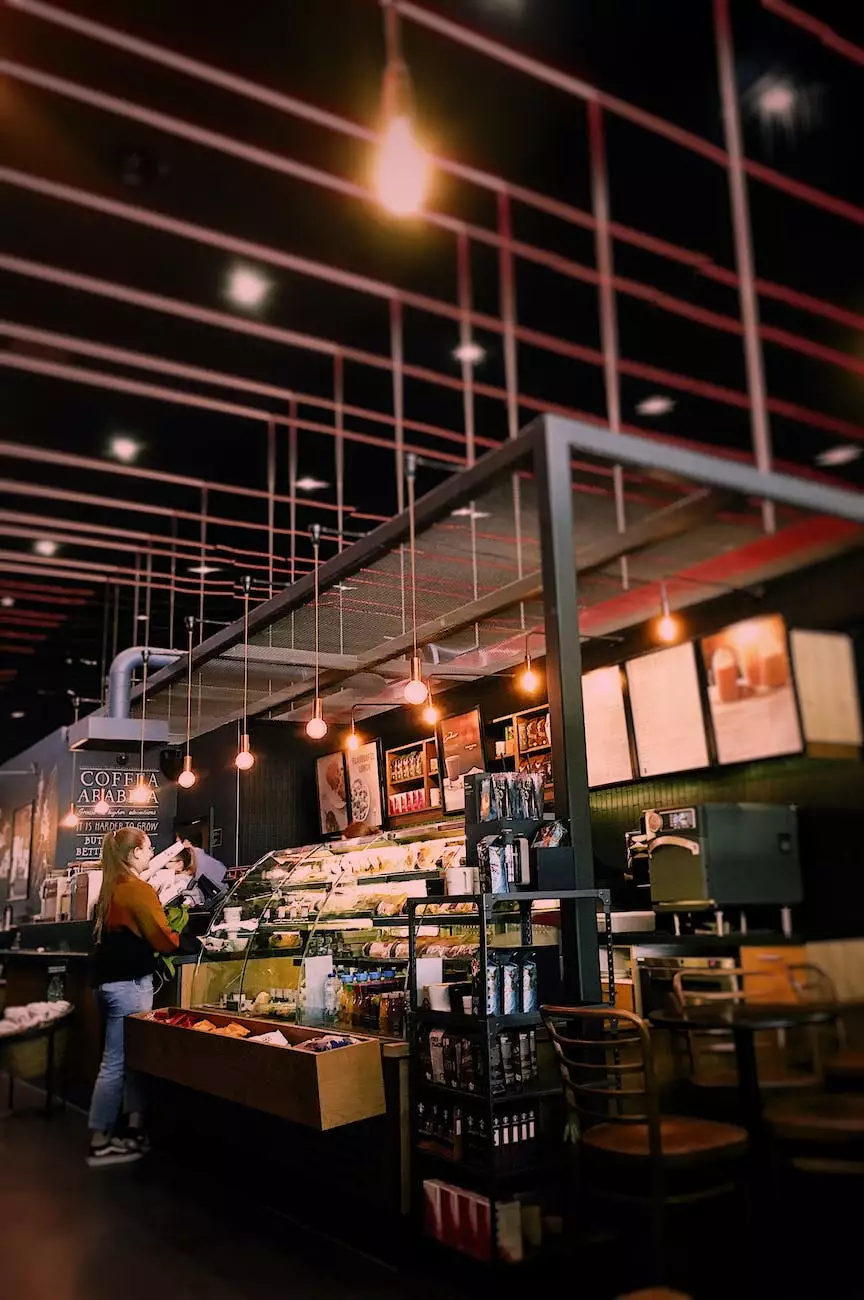The Rise of Mid-Century Modern
Blog
Introduction
Welcome to Cook Business Interiors' exploration of the fascinating world of mid-century modern design. This comprehensive guide will take you on a journey through the rich history, iconic elements, and enduring appeal of this timeless style.
Origins and Influences
Mid-century modern design emerged in the mid-20th century, during a time of post-war optimism and technological advancements. It was a departure from the ornate and heavy styles that prevailed earlier and focused on simplicity, functionality, and a harmonious integration of indoor and outdoor spaces.
Rooted in the ideas of pioneering modernist architects and designers such as Ludwig Mies van der Rohe, Le Corbusier, and Charles Eames, mid-century modernism embraced clean lines, organic forms, and the innovative use of materials like molded plywood, fiberglass, and steel.
Scandinavian design also played a significant role in shaping mid-century modern style. The Danish concept of "hygge," emphasizing coziness and a connection to nature, influenced the warm and inviting atmosphere often found in mid-century interiors.
Characteristics of Mid-Century Modern Design
Mid-century modern aesthetics are characterized by a distinct set of features that continue to inspire interior designers, architects, and homeowners today. These include:
- Clean lines: Sleek, uncluttered lines that emphasize simplicity and functionality.
- Minimal ornamentation: Mid-century modern design avoids excessive decorative elements and focuses on the beauty of the materials and architectural forms.
- Open layouts: Spaces with an emphasis on openness and fluidity, blurring the boundaries between indoor and outdoor realms.
- Natural materials: Wood, leather, and other natural materials add warmth and texture to mid-century modern interiors.
- Bold colors and patterns: Vibrant pops of color and geometric patterns bring energy and visual interest to mid-century spaces.
- Iconic furniture: Mid-century modern is known for its iconic furniture pieces, such as the Eames Lounge Chair, the Barcelona Chair, and the Noguchi Coffee Table.
The Enduring Influence
While mid-century modern design originated decades ago, its influence continues to resonate in today's world. Its timeless appeal and versatility make it a preferred choice for interior design enthusiasts, whether they prefer a fully retro-style or a more contemporary take on the mid-century look.
From residential homes to commercial spaces, mid-century modern design elements can be found in the most stylish and meticulously crafted interiors. Its ability to effortlessly blend with different design aesthetics, be it Scandinavian, industrial, or eclectic, ensures its continued popularity in the ever-evolving world of design.
Additionally, mid-century modern aesthetics have influenced the production of reproduction furniture, allowing enthusiasts to bring the classic style into their own homes without the expense of acquiring original vintage pieces.
Conclusion
As you can see, mid-century modern design is much more than a passing trend. Its enduring legacy, rooted in its revolutionary origins, continues to captivate designers and homeowners alike. Whether you are looking to create a nostalgic retreat in your living space or add a touch of timeless elegance to your office, mid-century modern design offers a range of possibilities to inspire your creativity.
Embrace the essence of mid-century modern and transform your space into a sanctuary of style, functionality, and enduring beauty with the help of Cook Business Interiors.




